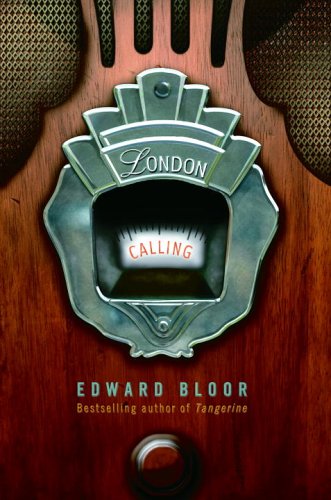[button color=”black” size=”big” link=”http://affiliates.abebooks.com/c/99844/77798/2029?u=http%3A%2F%2Fwww.abebooks.com%2Fservlet%2FSearchResults%3Fisbn%3D9780152047344″ target=”blank” ]Purchase here[/button]
The fourth Borrowers book finds the Clocks living in a miniature village built to their size. It’s part of a retired railway worker’s hobby/craft project, a little replica of his town complete with wax figures that resemble frozen Borrowers. A good long portion at the beginning of the story is told from the point of view of Mr. Pott (the railroad guy) and his friend, Miss Menzies, a spinster who believes in fairies and helps him make the little wax figures and their clothes and such, as they gradually become aware that some of the little people in their model village are actually alive.
Of course Arrietty ends up making friends with Miss Menzies, which is why she is so shattered when a neighboring couple (the Platters), who are jealous of the success of Mr. Pott’s little tourist attraction (not that Mr. Pott cares about the tourists), steal or kidnap the Clocks and imprison them in their attic for the winter. The point of view shifts back to the Clocks at this time, as Pod, Homily, and Arrietty work out how to escape from the attic before spring, when Mr. Platter intends to put them on display in a glass cage where they will live the rest of their lives.
But as the title suggests, they soon figure out a way of ballooning out of the attic and back to Mr. Pott’s village, where they find Spiller waiting for them. And by the way, during the course of these last 3 books, it has become increasingly obvious that Spiller and Arrietty are going to fall in love. Toward the end of The Borrowers Aloft it begins to happen in earnest, as Arrietty (during the balloon ride) declares that she wants to marry Spiller someday, and Spiller (when Pod finds him in their little cottage) looks as if he’s manfully concealing a lot of powerful emotions and would do anything for Arrietty.
The Borrowers Aloft ends with a bonus Borrowers story, a little thing called “Poor Stainless” narrated at some indefinite point in the Clocks’ history. Arrietty and Homily are doing needlework together and Homily is talking about old times when she hits on the story of Poor Stainless, from back in her girlhood living in the big old house when there were lots of families of Borrowers living there. Stainless was the youngest boy in a family that lived in the pantry and ate lots of vegetables and therefore had wonderful complexions. The adults loved Stainless but the other kids thought he was a rotten little bully, and then one day he up and disappeared. Everyone searched for him high and low, and the search was an adventure unto itself (indeed, it’s most of the story). All kinds of borrowers were encountered, close-calls with the humans were had, and finally when hope had been given up, Stainless turned up again, back to his bullying ways.
Apparently he had slipped into the pantry to borrow some parsley when Mrs. Driver, the cook, came in and he jumped into one of her shoes (which for some reason were on the counter) to hide. She picked up the shoes and put them in her basket and went to town, where Stainless climbed out again in a candy shop and stayed there, living off sweets, until Mrs. Driver and her basket showed up again to give him a ride home. The whole searching fiasco was a waste of time, because he was living the high life (to the envy of all young borrowers). But Stainless paid a price for his debauchery. His complexion was never the same again!
This fantasy of little people is one of the most intelligent, well-thought-out, consistent, and exciting fantasies I’ve ever read. They’re just good stories, and the characters are wonderful. I think it’s in the front rank of creative achievements for younger readers, along with the talking animal stories of The Wind in the Willows and the wizard-school stories of Harry Potter.


